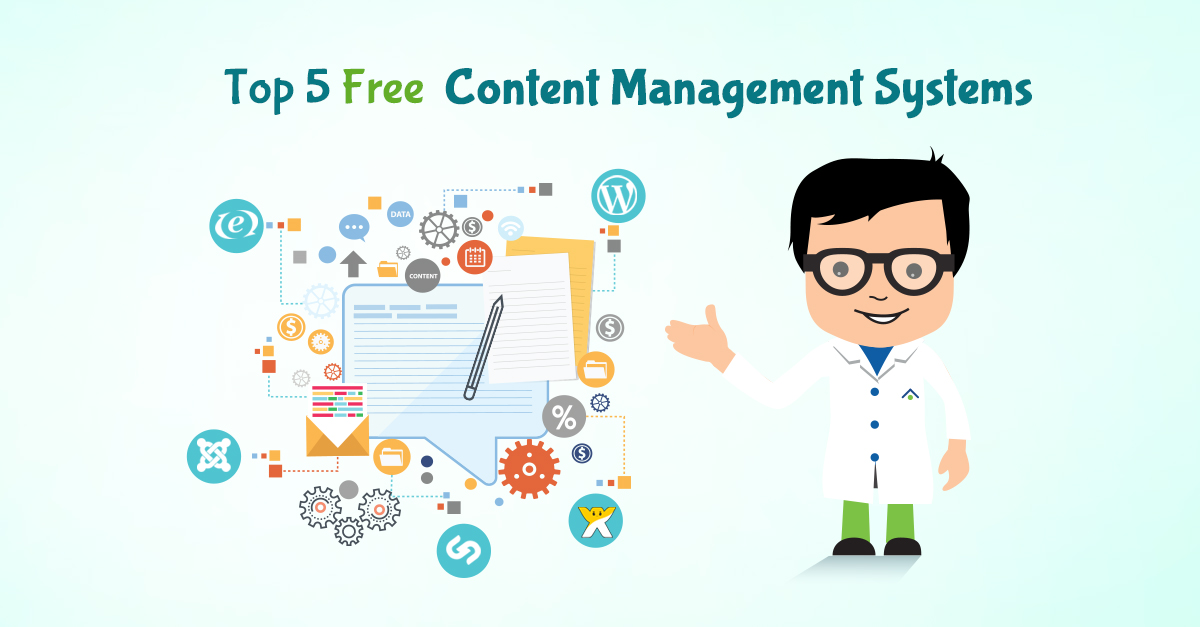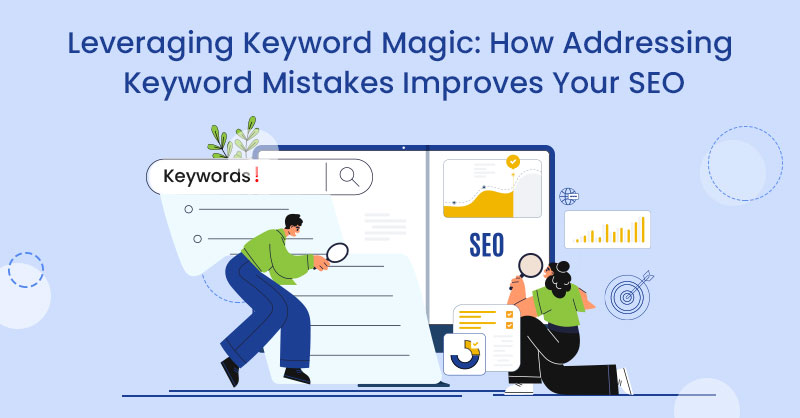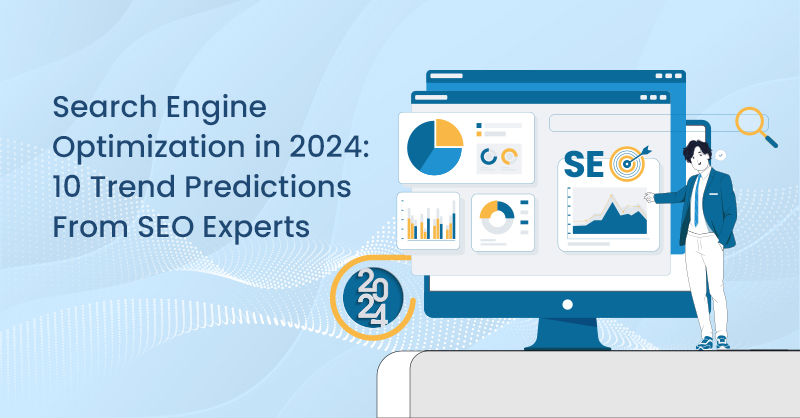The core of a good website lies in its design and content. When it comes to building websites that are focused around content, which most are, you’ll need to decide on a content management system (CMS) to drive the site. The CMS is critical to the success of almost every well-designed website and allows the user to add, modify and remove content from the website without the intervention of a webmaster.
Effective content management systems are designed for anyone with basic computer skills to work through. You don’t need to be tech-savy to understand the basics, let alone a designer or web developer to get the site up and running relatively smoothly. But with oodles of different content management systems on the market, finding the best one for your needs can certainly be overwhelming. There’s dozens of great CMSs out there – and there’s multiple options that can be perfectly suited for the site you’re building. Here we're looking at some of the most powerful, user-friendly and flexible CMSs out there, all of which are totally free!
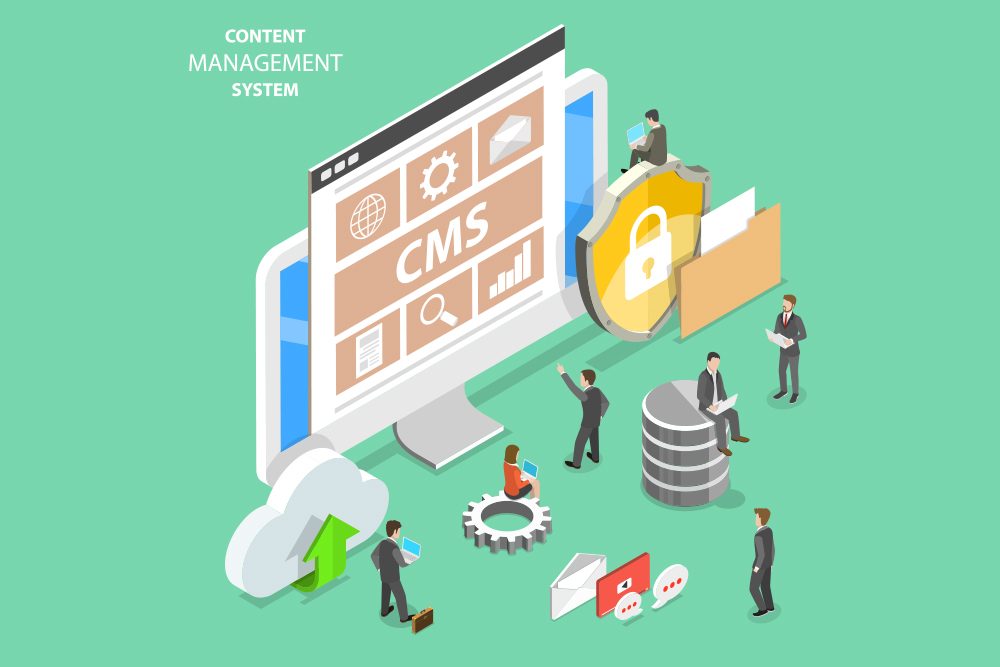
1. WordPress
By far the most widely used CMS, WordPress began as a website and blog building platform and in the eyes of many – cannot be beaten. Particularly great for blog-heavy websites, this state-of-the-art platform is still versatile enough to be used to build other kinds of websites too, with a strong focus on aesthetics, usability and web standards. Compared to other CMSs, WordPress stands out with its ease of use and relatively simple requirements.
This CMS platform can be both free or paid, and includes custom design templates to really craft your own unique site. WordPress is renowned for its simplicity, SEO (Search Engine Optimisation) friendliness and fast construction which makes it one of the most popular options.
Pros:
- Thousands of themes available for free and to purchase.
- Huge developer community that offers plenty of tutorials, ideal for beginners to learn.
- Free and paid plugins available to customise and create virtually any kind of site with WordPress.
- User-friendly dashboard for managing content.
- Open source structure which allows programmers to openly share codes online to allow users to use and save on developing time and costs. It’s good to note that WordPress can be used with no coding required too, meaning you don’t need to know a single line of code to build a simple page.
Cons:
- Because it is an open source structure, all the system’s codes are available online which can make it easier for hackers to find security holes. A standard installation of WordPress can have a lot of security issues, but there are thousands of security plugins you can download to prevent your site being vulnerable to an attack.
- Updates are an essential part of WordPress. If the latest version isn’t installed or the plugins and themes haven’t been updated, you compromise the security of your site significantly.
- Lack of control – WordPress releases system updates that can be good for your site and terrible for it. If your website needs are the same as what WordPress are trying to address, you’re in luck. If not, website layouts can change and may do more harm to the design than good.
- Sluggish loading can be common with WordPress sites with all the fancy features, functions, plugins and shortcodes.
2. SilverStripe CMS
Another versatile free CMS that's ideal for building websites is SilverStripe. It was released as an open source software in 2007, and offers users an amazing, logical and powerful platform. The initial Launchpad is easy to use with a grid-based data presentation for managing content on a professional level.
SS is a flexible platform that gives you the right tools for creating a great website – if you know what you’re doing. Whilst it’s not an ideal platform for newbies, its advanced database and data management picks up where other CMSs like WordPress and Joomla can be lacking.
Pros:
- Powerful content authoring tools to schedule publication, set different permission levels for various parties and establish own content approval process.
- Good SEO, site search and metadata generation.
- Ideal for designers who can use HTML and CSS and want to craft their own design of the site.
- Good security, excellent branding and enterprise-level setup and performance
Cons:
- Though the basic functions are easy to use, SS also has a steep learning curve and requires a good understanding of OOP. MVC and cardinality.
- Offers fewer plugins and high-quality themes than other CMSs.
- Not ideal for mainstream websites as it’s much easier to use WordPress etc. For example: if you’re wanting to set up a basic blog, SS would be too complex.
- Only a little over 150 extensions and modules to use.
3. Joomla!
Joomla has a massive following because it’s an easy (and free) platform for new users to learn and build with. It’s been built with medium to large websites in mind and whilst the coding power side of things can be a little challenge for some, it’s a more sophisticated platform than its competitor WordPress.
Joomla was crowned the 2015 Winner for Best Free CMS because of its strong community and massive support system. The platform occupies a middle ground between WordPress and Drupal – it’s easier to customize than WordPress, but it’s much easier to use than Drupal.
Pros:
- Great at boosting SEO results as it generates SEO-friendly links in a scalable system.
- Arguably the easiest content management system without any need for coding.
- Offers users advanced admin features and more than 7,000 extensions.
- Active user community ideal for support.
Cons:
- Back-end isn’t as user-friendly as other CMSs.
- Lacks high-quality themes in comparison to WordPress.
- Can be less attractive for power users as it doesn’t offer as many advanced features than Drupal.
- Many of the plugins are paid add-ons.
4. ExpressionEngine
Offering a free version in addition to its $99.95-$299.95 (depending on license) options, ExpressionEngine uses templates to define appearances of web pages, different to the standard themes and templates mentioned in the previous CMSs. EE is renowned for its high level of security, flexibility, performance, scalability and out-of-the-box site building features.
Pros:
- Large community with extensive enterprise-level support.
- Fantastic security features with no major security breaches ever, making it ideal for sensitive businesses.
- No restrictions on how the website can be designed.
- Slick control panel for creating content and presentation templates.
Cons:
- Aimed at experienced web developers and isn’t just a system you can play with until you figure out. Not recommended for small businesses or simple websites.
- Doesn’t use regular themes and templates like other CMSs, so don’t expect to see ready-made themes to utilise.
- Only has 22 add-on modules and fewer plugins than other CMSs.
5. Wix
Wix is a free website building platform that works a little differently from other CMSs. Because it’s a design-driven site, it’s not considered a ‘pure’ CMS, although it does have components and applications that function as part of a CMS. Whilst the free version doesn’t allow you to use a custom domain, the platform gets its reputation from its ease of use, impressive layouts designed for small businesses and creative professionals and building a beautifully interactive website without needing to know any code.
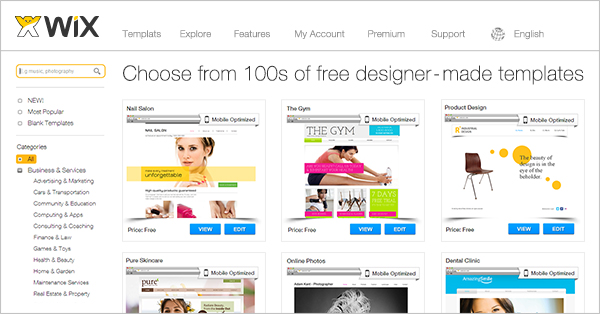
Pros:
- More than 500 stunning templates you can customise. All designs are fully responsive and written in HTML5.
- Easy back-end with complete access to all the tools you need to build a successful website.
- More than 200 apps with a wide range of features that can be added to the website. Most of these are free or have a lite version, whilst others require monthly payments that vary in prices.
Cons:
- Once you choose a template, you’re stuck with it.
- No blogging app through Wix, you’ll need to install a third-party application which can be a huge gripe for serious bloggers.
- The free subscription of the website comes with Wix ads and no access to ecommerce tools. However, prices can vary from $4 - $16 a month, depending on whether you’re connecting your own domain, utilising the unlimited features and ecommerce.
